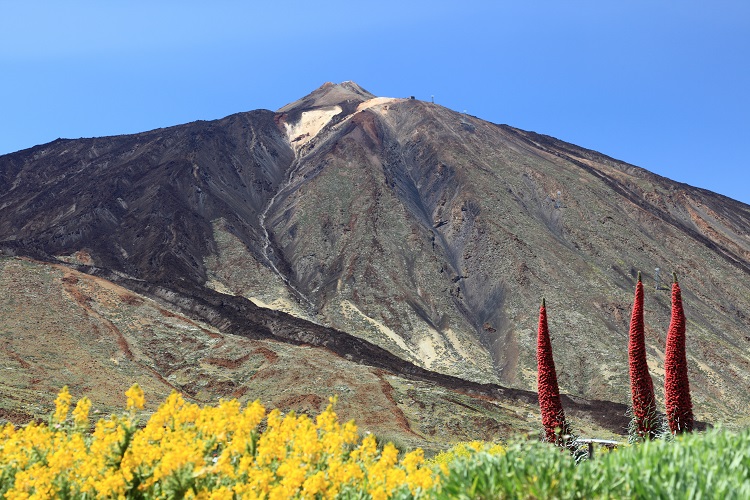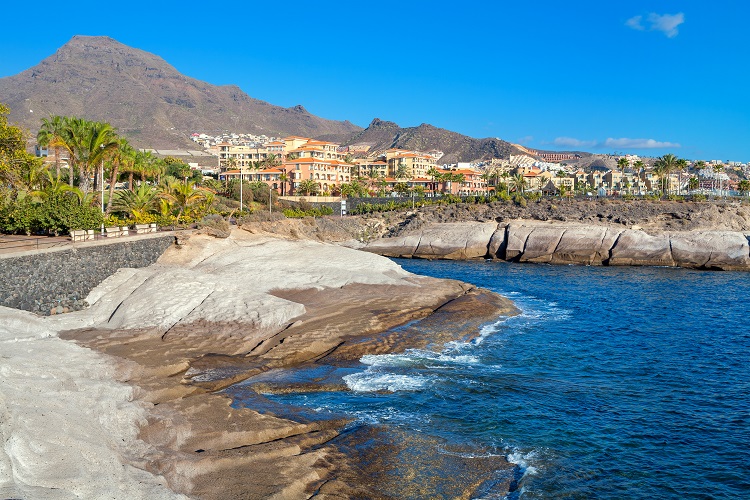5 Things you Didn´t Know About the Canary Islands
24 Aug 2017 For venturavan. In Sin categoría Comments (0)
Canary Islands much to discover at every step Let’s go…
1) Origin of your name
According to history, the Canary Islands did not receive their name because of the Canary birds, but this name was given in memory of the great mastiffs that some of the first Europeans encountered when they arrived at the archipelago. The Shield of the Canary Islands appears supported by two dogs canary prey.
2) Christopher Columbus left a mark on La Gomera
La Gomera is known as “The Colombian Island” because in 1492 Christopher Columbus arrived in the bay of San Sebastián de la Gomera looking for a new navigation route that was safer for trade with the West Indies. The 6 of September of 1492 left from the Gomera and the 12 of October arrived at the American continent.
3) Cooking on a volcano
Although there are currently no volcanoes erupting on the island of Lanzarote, the last eruption was in 1824 and there is still a lot of heat below the surface. The restaurant “El Diablo” is located in the National Park Timanfaya has a unique and unique way of cooking food: using gusts of geothermal heat and hot steam that still leave the dormant volcano and which rise through a hole of about 9 meters deep in the ground. It has been proven by scientists and volcanologists that it is a safe method for cooking food.
4) The Silbo Gomero
The Silbo Gomero is a whistled language practiced by some inhabitants of the island of La Gomera to communicate through ravines. It was created by the first aboriginal canaries, being also practiced in El Hierro, Tenerife and Gran Canaria. The last guanches adapted the whistle to the Castilian language when seeing that the guanche language was being extinguished after the conquest of the Canary Islands in century XVI.
Being considered an essential component of island culture, the government has taken steps to teach whistle in schools. It was cataloged as “Masterpiece of the Oral and Intangible Heritage of Humanity” by UNESCO in 2009.
5) The highest mountain in Spain
Located in Tenerife, the peak of Teide with its 3.718 m represents the highest volcano in Spain and the third largest volcano in the world, measured from its base. You can climb on foot to the Teide peak by the Montaña Blanca trail or by the cable car to admire the magnificent views of the island. There are also guided visits to observe the stars through one of the largest collections of astronomical telescopes in the world, including the Gran Telescope Canarias built between 2002 and 2008.






